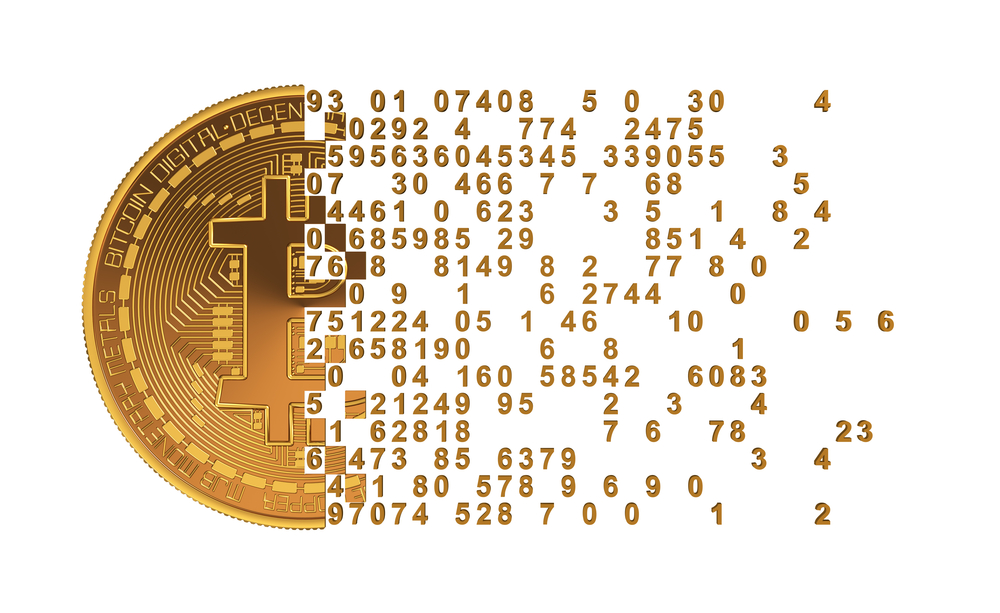In less than 70 days, the halving on the Bitcoin blockchain will divide miner rewards by two, to 6.25 BTC. While the historical price impact of a halving on the Bitcoin blockchain has seen strong increases in price over time, the community is still debating whether or not this 3rd reduction of miner rewards will have a different impact on the price of the most popular cryptocurrency.
While the halving will definitely act as a price catalyst for Bitcoin’s next leap higher, there are other factors that could support Bitcoin’s price towards and above the $10,000 mark, which will please both HODLers and traders using derivative products like Bitcoin CFDs to take advantage of the volatile price.
Let’s dive right in.
Why have the previous halving events triggered an increase in the Bitcoin price while miners are paid less and less?
Bitcoin’s money supply has been defined at its creation – the number of Bitcoins will never exceed 21 million. While some blockchains use staking to issue their tokens, BTC tokens are created through mining.
Miners use powerful computers to certify, validate and secure transactions on the network. As this process requires powerful equipment and electricity, miners are rewarded for their work with newly created Bitcoins.
While there are currently about 1,800 Bitcoins generated every day, most of them are immediately sold to cover the mining costs. The more the miner rewards decrease, the more difficult it is to create new Bitcoins, as less Bitcoins are generated. This means that less Bitcoins are sold by miners directly after being released.
It also means that it increases the scarcity of the cryptocurrency, which tends to support the asset’s price growth. It all comes down to the supply/demand relationship and its influence on prices. When demand increases while supply is reduced, prices usually go up.
Will BTC/USD cross above $10,000 again (and stay above this level) before the halving?
Bitcoin seems to be increasingly used as a global hedge. It is seen by many as “digital gold”. As such, it’s playing the role of an alternative investment in which to invest to avoid bearish movements of more traditional markets, which tend to fall in the event of strong uncertainties about the global geopolitical and economic situation.
Bitcoin’s price rise seems to have started when tensions between the United States and Iran intensified with the death of Iranian General Soleimani during a U.S. raid. Concerns about the consequences of the coronavirus have also played a role. With almost 500 deaths (including some victims outside China), the World Health Organization has declared the outbreak to be a public health emergency of international concern (PHEIC).
Geopolitical tensions have been an important factor of the recent increase of the cryptocurrency. In the face of so many uncertainties (Coronavirus, Presidential election, US/China and US/Iran relations, etc.), many investors are turning to Bitcoin as a non-traditional safe haven, which could support its price. Bitcoin is also seen as a diversification tool for investors, with institutional investors increasingly interested in investing in Bitcoin.
The 200-Day moving average impact
Fundstrat Global Advisors co-founder, Tom Lee, expects Bitcoin to reach $27,000 by summer now that the Bitcoin is moving higher than its 200-Day moving average, which traditionally represents a major resistance.
“That’s a big deal as you know, as anyone who’s a trend follower knows — when you’re back above your 200-day, you’re back in a bull market. Whenever Bitcoin breaks back into its 200-day, its average six-month gain is 197%” explained Tom Lee on Yahoo! Finance.
Bottom Line
It’s interesting to monitor the evolution of the Bitcoin hash rate, as it can give clues about the ways miners feel about the future of the network. The Bitcoin hash rate has been hitting another all-time high at the beginning of February. This shows that the network is more secure than ever and that miners are rather bullish on Bitcoin. Not to mention that the network keeps being used and transactions are rising with another record being broken, as transactions reached half a billion BTC!
The upcoming halving has been at the center of every debate in the crypto-industry. Is the halving already priced in? Will it cause an immediate price spike? Will the event trigger an immediate fall of the most traded cryptocurrency? Whatever your scenario is, there is more than the excitement surrounding the halving that can trigger interesting price movements towards the $10,000 level and higher.

